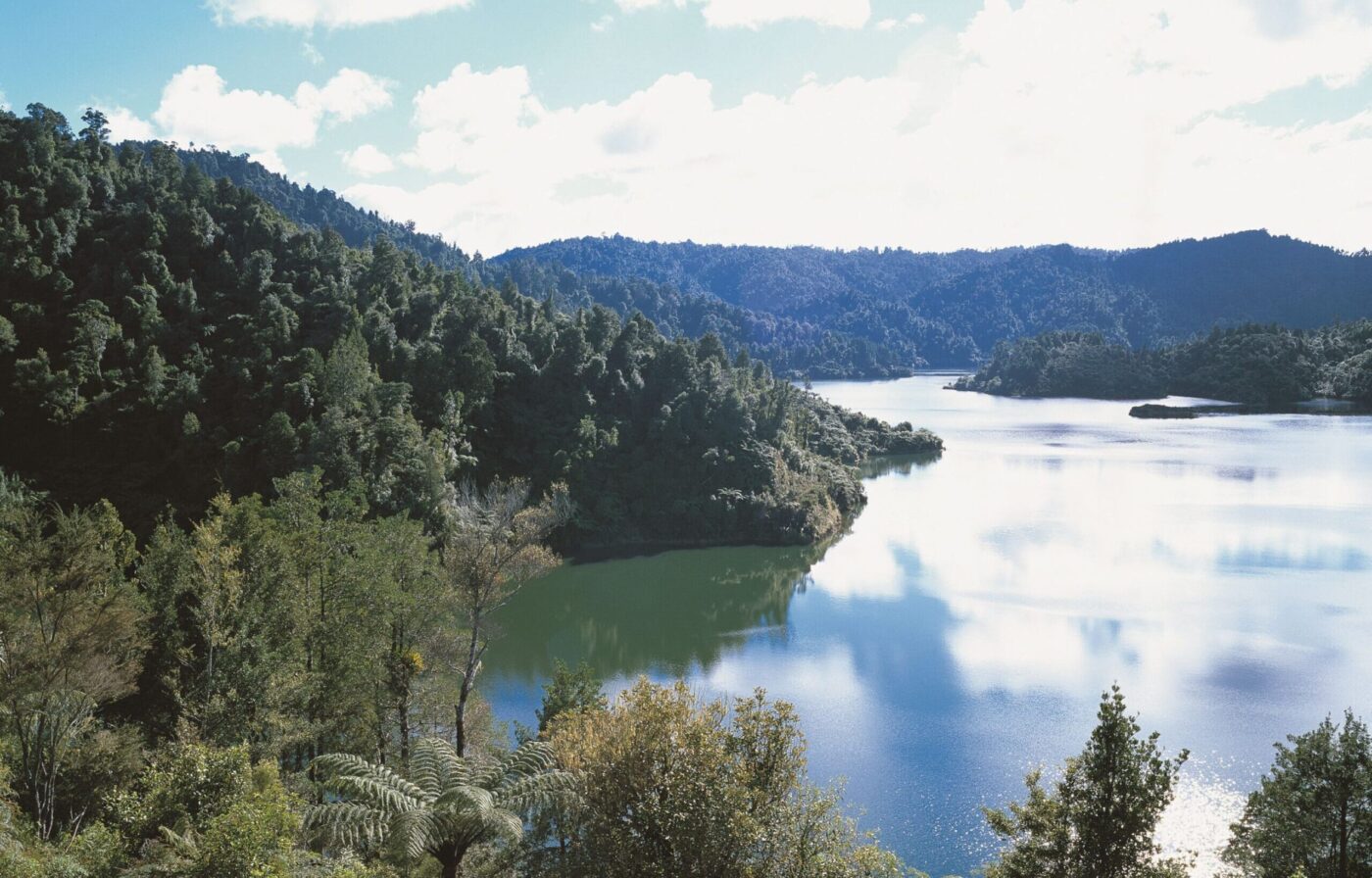
Auckland Council’s pest-control programme using the poison known as 1080 in Te Ngāherehere o Kohukohunui / Hūnua Ranges area has reached an important milestone.
The park has reopened today, November 20, following the final laying of bait in the Hūnua Ranges, Waharau and Whakatiwai regional parks.
Auckland Council regional parks manager Scott De Silva says visitors to the parks must remain aware they are entering an area recently treated with a toxin.
“Signs will remain in place for the next six months to remind people 1080 has been used in the area.
“This caution period is one of the operational requirements of using a toxin like 1080 and is a good reminder to visitors they may encounter either bait that hasn’t yet broken down or pest animal carcasses.
“Dog owners should not bring dogs to the park for the next six months, as they are highly susceptible to the toxin.
“Those who walk dogs near the operational area should make sure dogs are not allowed to scavenge carcasses. Children should also be carefully supervised.”
De Silva says the operation, which began in August and was completed in late October, has gone well and early monitoring is extremely promising.
“Treating a 23,000-hectare area that is popular for public access and includes a water catchment and private land, requires many months of careful planning.
“Getting the right weather conditions was a challenge for this operation. We appreciate the support and patience of the Hunua community and our park visitors while the park has been closed.
“After each block was treated with toxic bait an extensive track clearance programme was carried out.
“This required staff and volunteers walking over 700 kilometres of tracks and carefully moving baits and carcasses.”
A monitoring programme will be carried out to establish how effective the operation was in reducing possums and rats.
Auckland councillor Richard Hills says he’s looking forward to positive monitoring results being reported in the coming months.
“Reducing predators to protect native species living within the ranges is a key focus for the council.
“We’ve already seen the success of the pest control measures we’ve undertaken in our kōkako population.
“In 1994 we had just one breeding pair, our most recent census shows we now have 250 breeding pairs.
“The work was completed just in time for the current breeding season with our first pairs starting to build nests. We look forward to a good breeding season for the kōkako.”
Watercare’s dams have been returned to service following completion of a water testing programme and approval given by the Medical Officer of Health.









